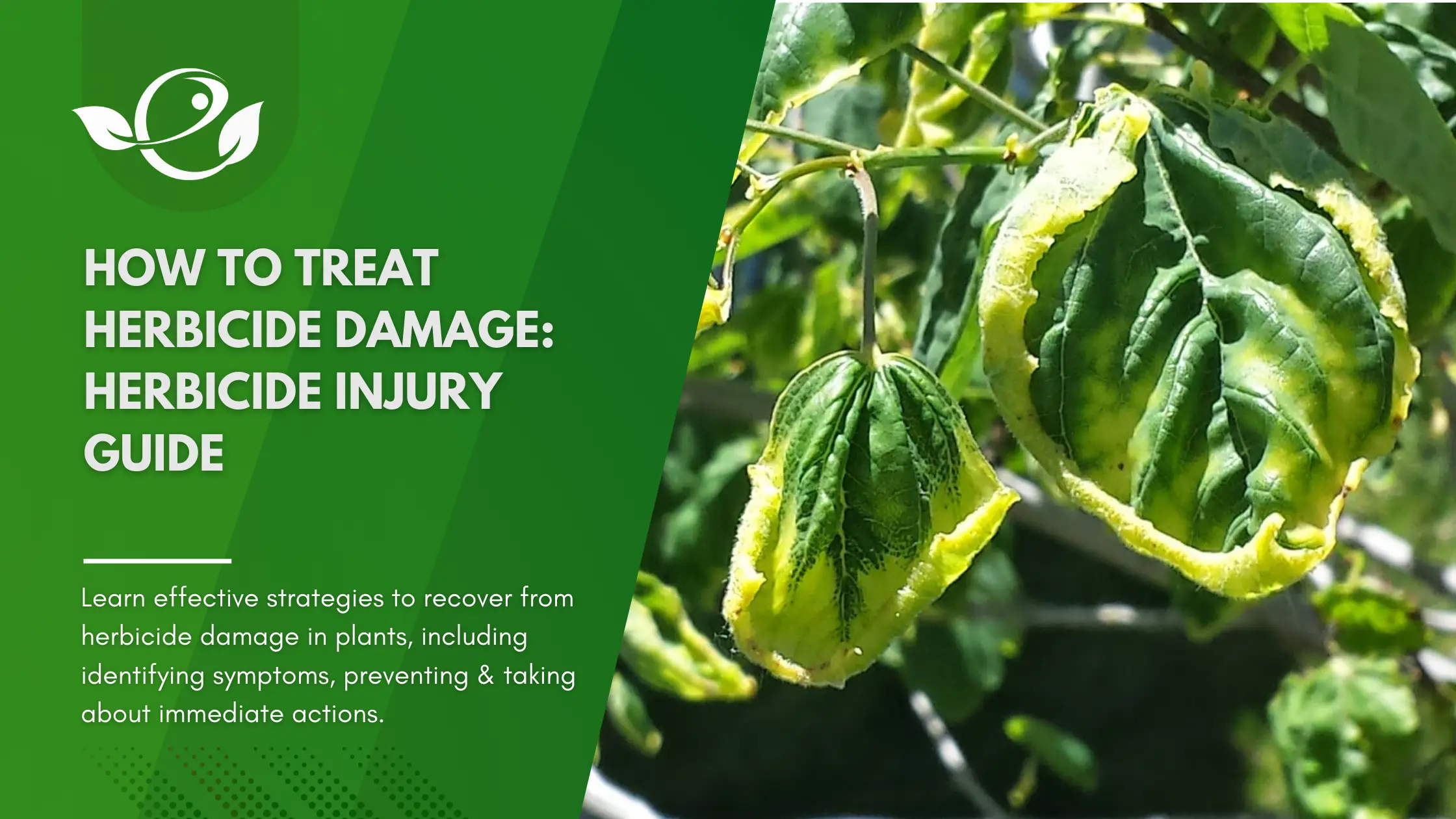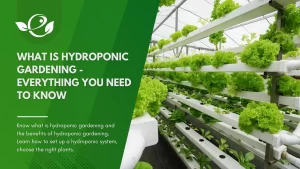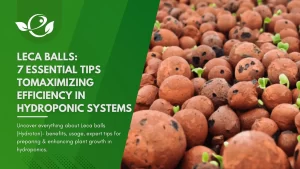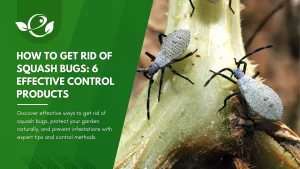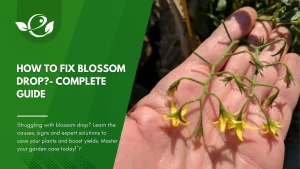Table of Contents
Herbicides are an essential tool in modern agriculture, helping control unwanted vegetation and enhance crop yields. As a gardener, farmer, or landscaper, you may have encountered the frustrating and often devastating effects of herbicide damage on your plants. Herbicide injury can manifest in various ways, from stunted growth and discolouration to complete plant death. Understanding the causes, symptoms, and treatment options for herbicide damage is crucial to minimizing the impact and restoring the health of your plants. However, improper use or accidental exposure can lead to herbicide damage, causing significant harm to crops.
In this comprehensive guide, we’ll explore the ins and outs of herbicide damage, equipping you with the knowledge and strategies to diagnose, treat, and prevent future herbicide-related issues. This guide aims to provide comprehensive information on treating and preventing herbicide damage.
Understanding Herbicide
A. What is Herbicide?
Herbicides also commonly known as weed killers, are substances used to control undesired plants, also known as weeds. Herbicide is a type of chemical substance specifically formulated to control or eliminate unwanted plants, commonly referred to as weeds. Herbicides are used extensively in agriculture, landscaping, and gardening to manage weed growth and protect crops, turf, and other desired vegetation. The combined effects of herbicides, nitrogen fertilizer, and improved cultivars have increased yields (per acre) of major crops by 3x to 6x from 1900 to 2000.
- Scientific Name: Herbicides Growth Regulators
B. Types of Herbicides
Herbicide damage refers to the unintended and harmful effects of herbicides on non-target plants. This can occur due to several factors, including:
Contact Herbicides vs. Systemic Herbicides
- Contact Herbicides: These affect only the parts of the plant they touch. They act quickly but typically do not kill the entire plant unless thoroughly applied.
- Systemic Herbicides: These are absorbed by the plant and transported throughout its tissues, leading to more comprehensive plant death.
Selective vs. Non-Selective Herbicides
- Selective Herbicides: Target specific plant species while leaving others unharmed.
- Non-Selective Herbicides: Non-selective herbicides, generally known as defoliants, Kill all plant types they come into contact with, used primarily for clearing all vegetation.
Common Causes of Herbicide Damage
Symptoms usually appear within days after the application of herbicides belonging to a group of phenoxyacetic acids or synthetic auxins (group I). Cotton plants are extremely sensitive to 2,4-D or dicamba, which are used to control broadleaf weed species. Unsuitable timing, selection of the wrong formulation or simply adverse weather conditions can result in described symptoms on the cotton plants. The contamination can also be caused by neighbouring fields. Stressed plants are more susceptible. The distribution of symptoms depends on the dosage and can range from a few nodes to the whole plant if rates are particularly high. It is important to understand that herbicides can damage crops even in small dosages.
- Drift from Neighboring Applications: This occurs when herbicide spray or vapour moves from the target area to adjacent fields, often due to wind.
- Over-Application or Incorrect Application Rates: Applying more than the recommended amount can damage non-target plants.
- Residual Soil Herbicides: Some herbicides remain active in the soil for extended periods, affecting future plantings.
- Contaminated Equipment: Equipment not thoroughly cleaned after previous use can carry herbicide residues that harm subsequent crops.
Identifying Symptoms of Herbicide Injury
Herbicide damage can manifest in various ways, depending on the type of herbicide and the plant’s sensitivity. Common symptoms include:
- Symptoms are mainly observed on young, growing leaves and are characterized by the folding, bending or twisting of leaf blades.
- Stems and petioles become twisted and curled.
- Blisters develop on the leaf surface, giving them the appearance of ‘strapping’ or ‘witches hands’.
- Due to the leaf deformation, the leaf veins appear to run parallel rather than netted.
- Leaf colour changes from yellow to white and brown.
- No damage occurs to mature plant parts such as old leaves or developed bolls.
- Roots may become discoloured and exhibit abnormal growth patterns.
- Each herbicide type causes distinct symptoms, which can help in diagnosis.
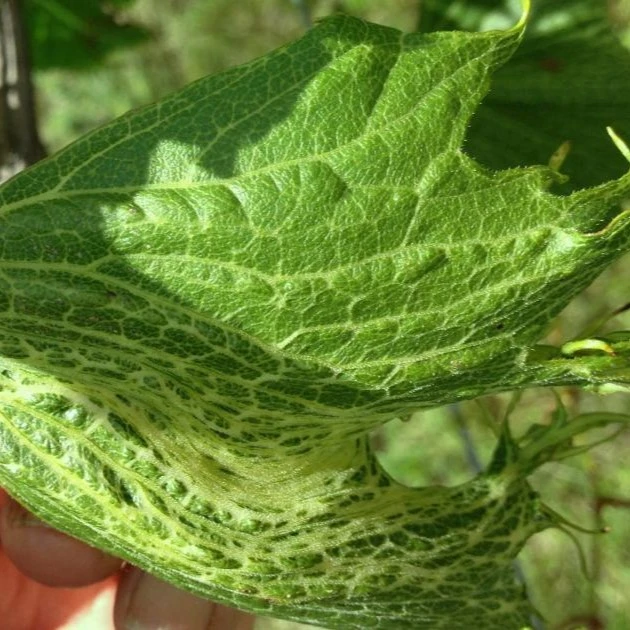

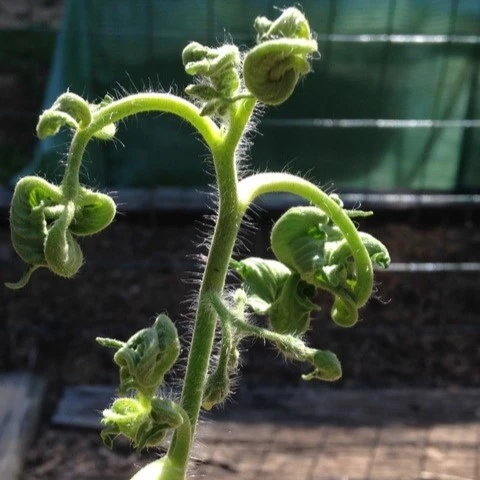
Diagnosing Herbicide Injury
A. Steps for Accurate Diagnosis
- Assessing the Pattern of Damage in the Field: Observe the distribution of affected plants; herbicide injury often shows a distinct pattern.
- Comparing Symptoms with Known Herbicide Injury Characteristics: Match observed symptoms with those documented for various herbicides.
- Reviewing Application Records and Weather Conditions: Check records for recent herbicide applications and weather conditions that might have contributed to drift or volatilization.
- Conducting Soil and Tissue Tests: Send samples to a lab for testing to confirm the presence and concentration of herbicides.
B. Tools and Resources for Diagnosis
- Diagnostic Labs and Services: Send plant and soil samples to reputable labs for chemical analysis and expert diagnosis.
- Online Resources and Databases: Utilize online databases and extension resources to compare your observations with known herbicide injury patterns.
- Consulting with Agricultural Extension Services: Reach out to your local agricultural extension office for guidance and support in diagnosing and addressing herbicide damage.
Immediate Steps to Take After Herbicide Injury
A. Assessing the Extent of Damage
When you suspect herbicide injury, it’s crucial to assess the situation quickly:
- Determining the Affected Area: Identify the extent of the affected area, including the size and location of the damage.
- Evaluating the Severity of Symptoms: Assess the severity of the symptoms, such as the degree of leaf distortion, discolouration, or plant stunting.
B. Mitigating Further Damage
Once you have a clear understanding of the situation, take immediate action to prevent further harm:
- Ceasing Any Further Herbicide Application: Discontinue any additional herbicide application to the affected area.
- Avoiding Additional Stress Factors: Minimize other stressors, such as drought, pests, or diseases, that could exacerbate the herbicide damage.
- Implementing Physical Barriers to Prevent Drift: Consider using physical barriers, such as hedges or screens, to prevent future herbicide drift.
Treatment Options for Herbicide Damage
A. Short-Term Solutions
If you suspect your crops have been affected by herbicide damage, it’s essential to act quickly to mitigate the impact and promote plant recovery. Here are some steps you can take:
- Foliar Feeds and Nutrient Sprays: Apply foliar feeds or nutrient sprays to help the plants recover and mitigate the effects of herbicide damage.
- Irrigation to Flush Out Herbicides from the Soil: Increased irrigation can help flush out herbicides from the soil, reducing their availability to the plants.
- Use of Activated Charcoal to Absorb Herbicides in the Soil: Applying activated charcoal to the soil can help adsorb and remove herbicide residues.
B. Long-Term Recovery Strategies
For more sustained recovery, consider implementing the following long-term strategies:
- Crop Rotation to Detoxify Soil: Rotating different crops can help break down and remove herbicide residues from the soil over time.
- Organic Matter and Soil Amendments to Improve Soil Health: Incorporating organic matter and other soil amendments can enhance soil health and support plant recovery.
- Selecting Herbicide-Tolerant Crop Varieties: Choosing crop varieties that are resistant or tolerant to the specific herbicide involved can help mitigate future damage.
- Adjust Irrigation and Soil Conditions: Ensure that your plants are receiving the appropriate amount of water and that the soil pH is within the optimal range for their growth.
- Seek Professional Assistance: If the damage is severe or you’re unsure of the best course of action, consult with a local agricultural extension agent, horticulturist, or other plant health experts for guidance.
C. Biological Treatments
There is no biological treatment available for this condition. Prevention and good farming practices are the keys to avoiding the harm that happens in the first place. In the case of suspected overdosage, it could help to wash or rinse plants thoroughly.
D. Chemical Control
Always consider an integrated approach with preventive measures and biological treatments, if available. Prevention and good farming practices are the keys to avoid that the harm happens in the first place. Before planning a herbicide spray, be sure that you know the type of weed you are dealing with (basically broadleaf weeds vs grasses) and select the best method. Carefully select the herbicide and follow dosage instructions as indicated on the label.

Preventing Future Herbicide Damage
- Be sure to know the type of weed you are dealing with (basically broadleaf weeds vs grasses).
- Carefully select the herbicide that best fits your purpose.
- Read the label carefully and follow dosage instructions as indicated.
- Always clean the spray container after use to avoid contamination with a different herbicide.
- Avoid spraying in windy conditions to prevent drift to other fields.
- Use drift-reducing spray nozzles that target the intended weeds better.
- Try and test the herbicide in pastures and hayfields to monitor results.
- Check weather forecasts carefully and do not spray in case of high air temperature and/or humidity.
- Keep a log of activities with application dates, products, field locations, and weather conditions.
- Create buffer zones around sensitive plants or areas to prevent herbicide drift and contamination.
- Keep yourself informed about the latest herbicide products, their characteristics, and any potential interactions or sensitivities.
- Develop a deep understanding of how different herbicides can interact with each other and the varying sensitivities of different crops.
Conclusion
Herbicides are powerful tools for weed management, crucial for modern agriculture and horticulture. However, their use requires careful consideration of environmental impact, resistance management, and adherence to safety guidelines to mitigate risks. Herbicide damage can be a frustrating and challenging issue for gardeners and farmers, but with the right knowledge and strategies, you can effectively prevent, identify, and treat these problems. By understanding herbicide interactions, staying educated, and implementing best practices, you can protect your crops and ensure a thriving, productive growing season.
To learn more about managing herbicide damage and protecting your crops, consider contacting a local agricultural extension office or consulting with a professional plant health expert. They can provide personalized guidance and resources to help you overcome herbicide-related challenges and achieve successful, sustainable growth.
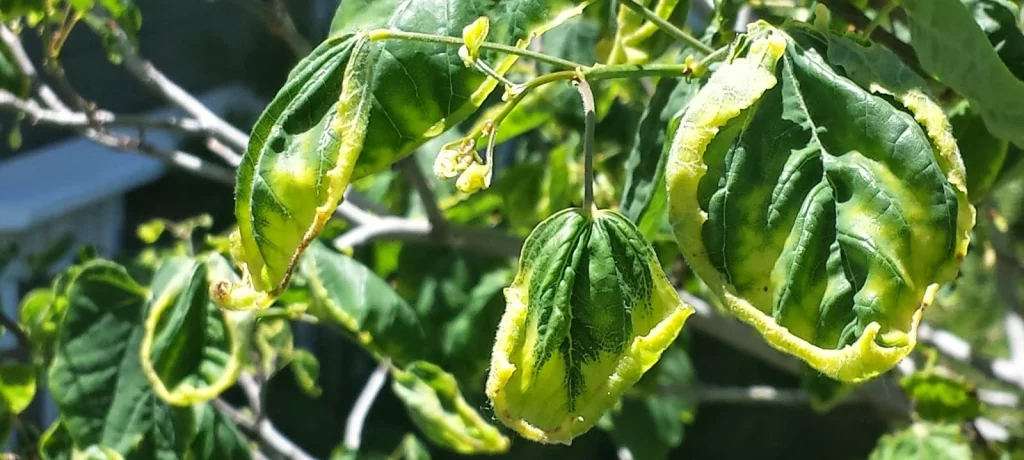
FAQ
What are herbicides effects?
1. Target specific weed species while leaving crops or desired plants unharmed.
2. Kill all plant types they come into contact with.
3. Prevent weed seeds from germinating.
4. Target weeds that are already growing.
Is herbicide harmful to humans?
Herbicides can be harmful to humans, with potential effects varying based on the type and level of exposure. Long-term exposure to certain herbicides has been linked to more serious health issues, such as cancer (e.g., glyphosate has been classified as a probable human carcinogen by the IARC), endocrine disruption, reproductive issues, and liver or kidney damage.
What is herbicide made of?
Herbicides are made from various chemical compounds, which can include:
1. Active Ingredients: These are the chemicals that directly control or kill the weeds. Examples include glyphosate, atrazine, and 2,4-D.
2. Inert Ingredients: These are added to enhance the efficacy of the active ingredient, improve shelf life, or aid in the application. They might include solvents, surfactants, and preservatives.
Are herbicides chemical hazards?
Yes, herbicides are considered chemical hazards. They can pose risks to human health, non-target plants, animals, and ecosystems if not used properly.
Does herbicide affect the soil?
1. Microbial Activity: Some herbicides can disrupt soil microbial communities, which are essential for nutrient cycling and soil health.
2. Residues: Persistent herbicides can remain in the soil for long periods, potentially affecting future crops or plantings.
3. Soil Structure: Repeated use of certain herbicides can alter soil structure and reduce organic matter.
